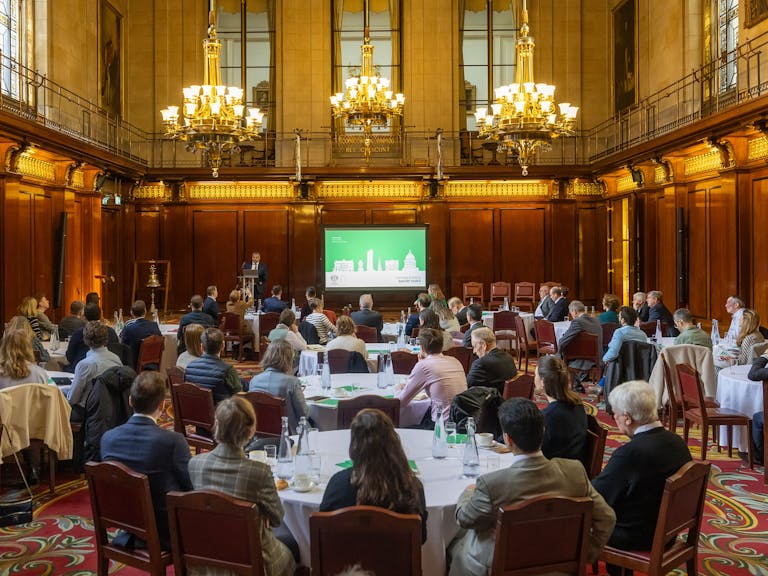Liz Smith asks why our heritage is on fire again - for Building Design magazine

The fire at Copenhagen’s historic stock exchange is a reminder that we need to value traditional building skills as much as the buildings themselves, writes Liz Smith for Building Design magazine
The latest sad sight in a long line of disasters, Copenhagen’s historic stock exchange was ravaged by fire earlier this month whilst restoration works were being carried out. Although it is too early to know the cause, there is a well-established link between fires in heritage buildings and construction work. Although it’s been asked many times before, we find ourselves yet again wondering how these catastrophes can be avoided.

Research carried out by Historic England in 2019 found that over 1,000 incidents in the historic built environment required fire and rescue services. A recent article by Richard Milne in the Financial Times noted that worldwide, one historic building is damaged by fire every day.
Despite the 1990 report Heritage Under Fire, it wasn’t until 1992, when a catastrophic fire ravaged 100 rooms at Windsor Castle that widespread national action was brought to this issue. The loss of one of the nation’s most significant historic treasures was enormously significant, and the message hit home hard. The Bailey report, released in the wake of the Windsor Castle fire, concluded that the main issues were:
- The need for effective training of all staff in basic fire risk management and the actions to take in case of fire
- The need for the earliest possible detection of fire by a reliable automatic fire warning system
- The need for fire separation or compartmentation to reduce the spread of fire
Despite the logistical difficulties involved with their physical implementation, the second and third of these have largely been achieved across historic buildings of all creeds and grade listings. The first, however, with particular emphasis on the ‘effective’ element, appears to have been avoided on any scale that could make a meaningful difference. But is education the answer? And if so, what is it we really need to learn?
At Purcell, we provide a pot of over £250,000 annually for our employees to learn and develop their skills and knowledge through a plethora of courses, accreditations and qualifications. We see this education, particularly in conservation, as fundamental to our success as a practice, and an important part of how we build our reputation in the heritage sector.
We are most keen to encourage the learning of skills and techniques that have been in existence for hundreds of years, as we believe that the knowledge of materials and crafts that made our heritage, are also the key to preserving and protecting it.
Milne’s article in the FT is supportive of this notion, suggesting that complacency is still a huge problem. I do wonder if we were still training our young people in traditional crafts such as stonecutting and wood carving, whether there might be a more ingrained respect for the creativity and skill that is embodied in these fine buildings. As a society we have turned a blind eye to the skills that were once among the most well paid and coveted manual jobs up and down the country.
Reading Ben Flatman’s recent opinion piece in Building Design about the lack of ornamentation in architecture in the 20th century, was a reminder of the loss of diversity and cultural references in contemporary architectural language. Historic England defines cultural heritage as ‘Inherited assets which people identify and value as a reflection and expression of their evolving knowledge, beliefs and traditions.’ Over the last hundred years, Western architectural training has focused on the principles of Modernism.

